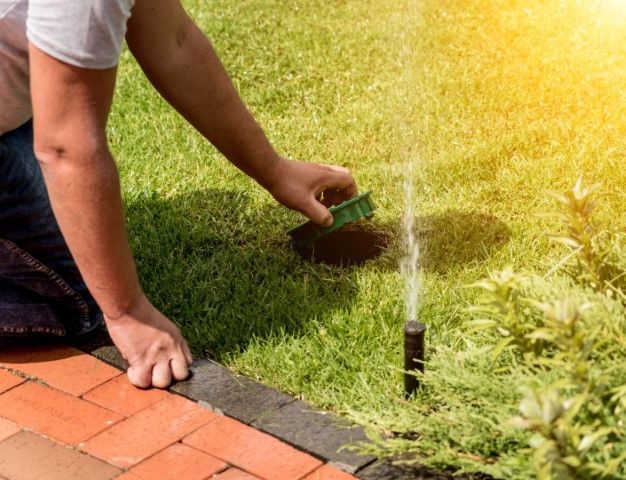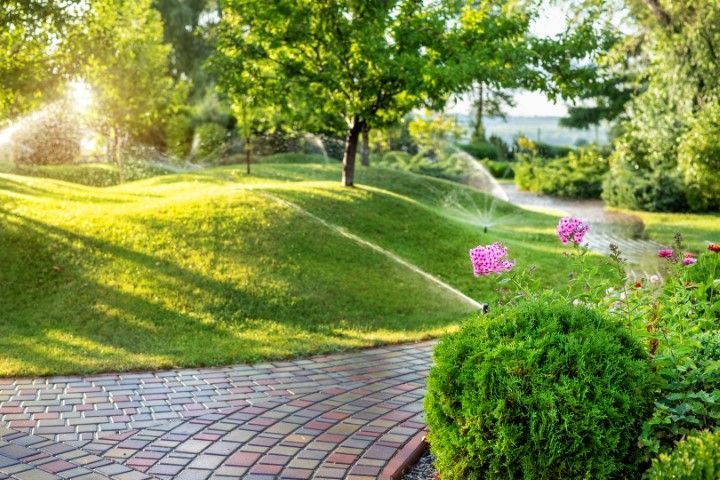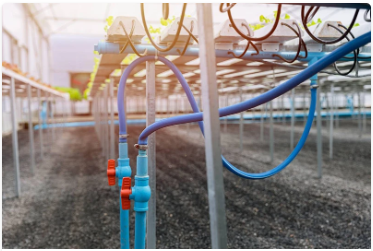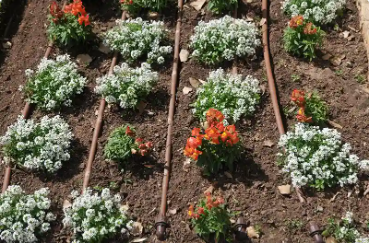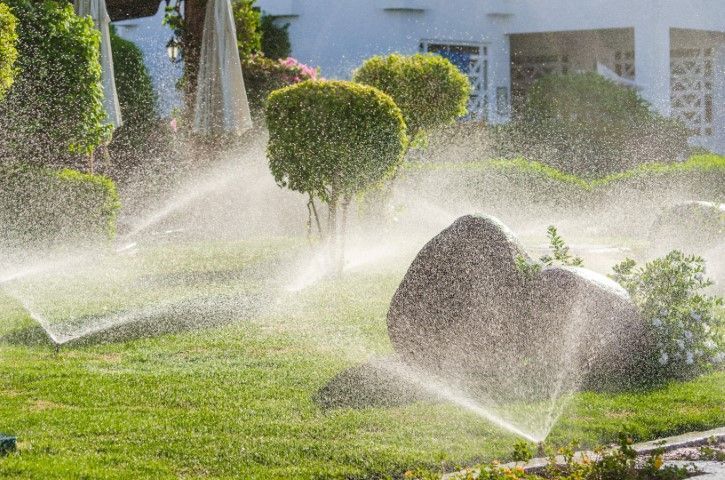Your Go-To Guide for Picking the Perfect Sprinkler System for a Lush Lawn: Handy Tips and Tricks
Your Go-To Guide for Picking the Perfect Sprinkler System for a Lush Lawn: Handy Tips and Tricks
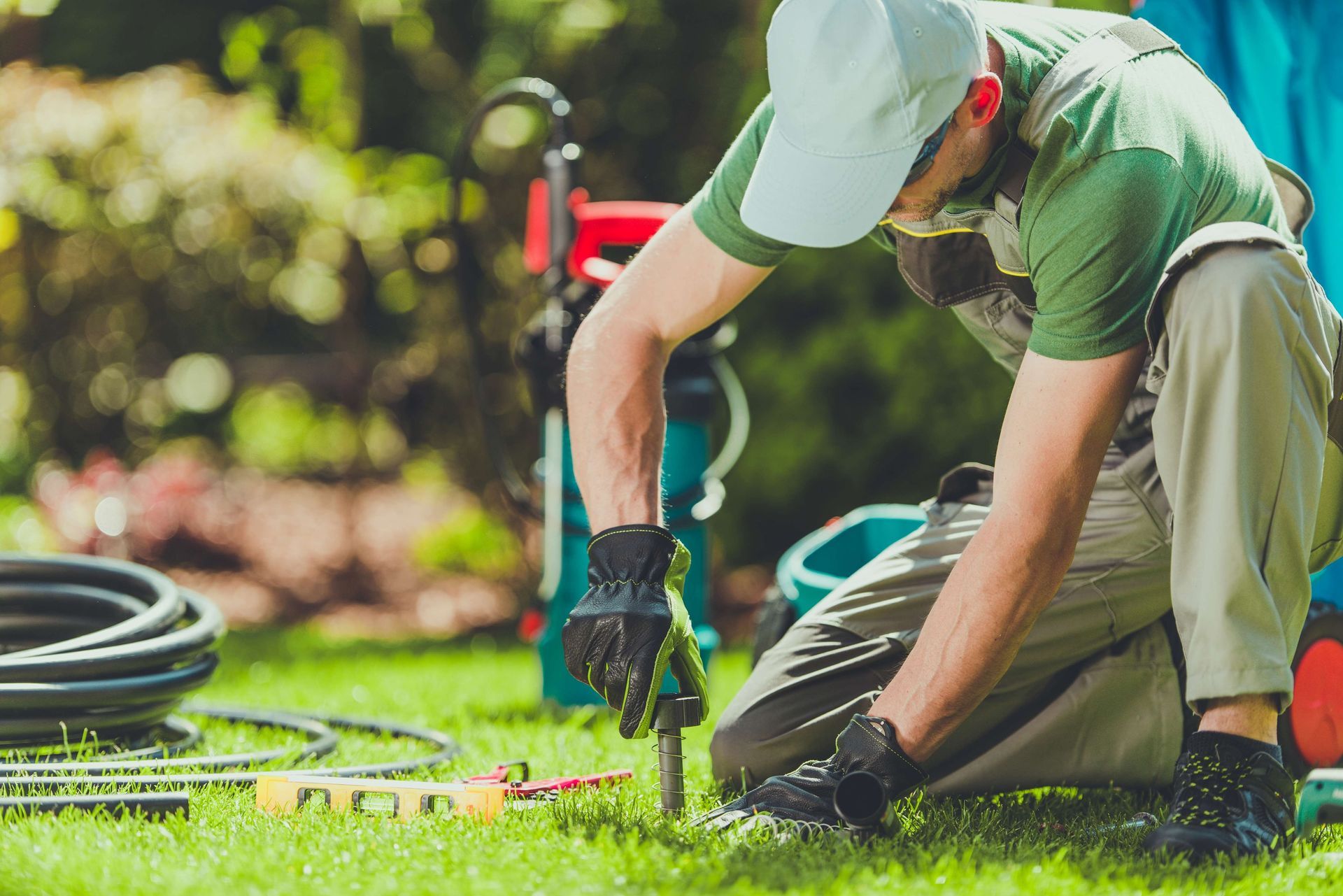
When it comes to choosing the right sprinkler system for your lawn, you’ve got more options than you might think. It’s essential to assess your lawn size and understand the specifics of your water source before making a decision. Different sprinkler types cater to various needs, and knowing which one suits your landscape can save you time and resources. You’ll also want to consider installation and maintenance requirements, as well as your budget. But how do you balance all these factors to ensure your lawn stays lush and green? Let’s explore the key steps you’ll need to take.
Assess Your Lawn Size
To effectively choose a sprinkler system, you first need to assess your lawn size. Begin by measuring the total square footage of your lawn. Use a measuring tape or a digital measuring tool to capture accurate dimensions. Once you’ve got the area, consider the lawn contours. Are there slopes or dips? These variations affect water distribution and drainage, so understanding them is crucial for optimal irrigation.
Next, evaluate your soil types. Different soils—sandy, clay, or loamy—absorb water at different rates. Sandy soil drains quickly, while clay retains moisture. This knowledge helps you decide on the type of sprinkler system that’ll work best. For instance, if you’ve got clay soil in a flat area, a drip irrigation system may prevent oversaturation, while sandy soils on a slope might benefit from a rotating sprinkler to ensure even coverage.
Understand Your Water Source
Understanding your water source is crucial for selecting the right sprinkler system. The efficiency of your irrigation system largely depends on the water pressure and volume available. If you know your source, you can tailor your setup to meet your lawn’s specific irrigation needs.
First, assess your water pressure. Low pressure can limit the effectiveness of certain sprinkler types, while high pressure may require pressure regulators.
Next, determine your water source type:
– Municipal Supply: Generally provides consistent pressure and flow.
– Well Water: Often varies in pressure; consider a pump if needed.
– Rainwater Harvesting: Sustainable option; ensure you have a proper storage system.
– Surface Water: Requires a filtration system to remove debris.
Explore Different Sprinkler Types
When it comes to choosing the right sprinkler system for your lawn, exploring different types can make all the difference in achieving optimal coverage and efficiency. Each sprinkler design serves unique purposes, ensuring you meet your lawn’s specific needs.
Rotary sprinklers, for instance, are ideal for larger areas, dispersing water in a rotating pattern that reaches farther. If you’re dealing with smaller spaces, consider drip irrigation, which delivers water directly to the roots, minimizing evaporation and maximizing water conservation.
For those with sloped lawns, oscillating sprinklers can effectively cover uneven terrain while reducing runoff. Alternatively, stationary sprinklers work wonders for defined areas, providing consistent watering without wasting precious resources.
As you evaluate your options, think about how each type aligns with your lawn’s layout and your commitment to water conservation. Innovative technologies, like smart timers and soil moisture sensors, can further enhance your sprinkler design, ensuring you only water when necessary.
By understanding the various types available, you’ll be well-equipped to make an informed decision that promotes a lush, healthy lawn while conserving water.
Consider Installation and Maintenance
Installing and maintaining a sprinkler system involves careful planning and ongoing attention to detail. To ensure your system operates efficiently, you’ll want to consider specific installation techniques and develop regular maintenance schedules.
Here are key aspects to keep in mind:
– Site Assessment: Analyze your lawn’s topography, sun exposure, and soil type to determine the best layout.
– Proper Installation Techniques: Use precise measurements and follow manufacturer guidelines to avoid leaks and ensure even coverage.
– Regular Maintenance Schedules: Schedule seasonal checks to inspect for clogs, leaks, and system efficiency.
– Adjustments and Upgrades: Stay open to modifying your system as your lawn grows or changes over time.
Evaluate Budget and Efficiency
Budgeting for your sprinkler system requires a careful balance between initial investment and long-term efficiency. Start by conducting a cost comparison of various systems, from traditional spray heads to modern drip irrigation. Each option has its price point, but think about how much water they’ll actually use over time.
Investing in a more efficient system may seem pricier upfront, but it often pays off in the long run through lower water bills. Look for models designed for water conservation, such as those with smart timers that adjust watering schedules based on local weather conditions. These systems minimize waste and help maintain a lush lawn without overwatering.
Additionally, consider the layout of your yard. A well-planned system that targets specific areas can reduce water usage and increase efficiency. Factor in maintenance costs too; some systems require more upkeep and repairs than others. By evaluating these aspects, you can find a balance that aligns with your budget while ensuring your lawn remains healthy and vibrant. Remember, the right choice today can lead to significant savings and a flourishing landscape tomorrow.
- Avoid These 5 Common Irrigation Blunders Every Homeowner Makes
- Your Go-To Guide for Picking the Perfect Sprinkler System for a Lush Lawn: Handy Tips and Tricks
- Impact of Climate on Irrigation System Design and Operation
- The Role of Soil Moisture Sensors in Irrigation Efficiency
- Cost-Effective Irrigation Solutions for Small Gardens
